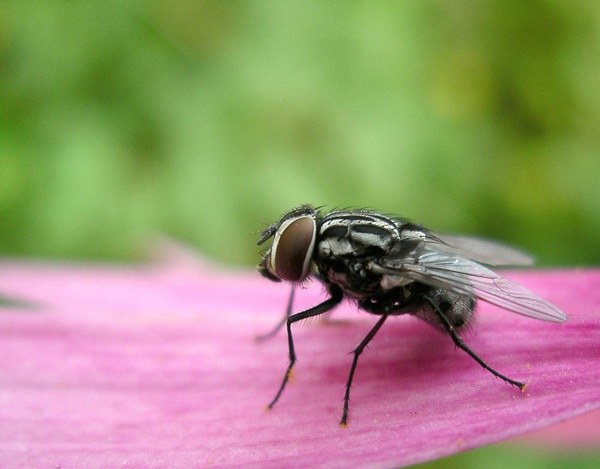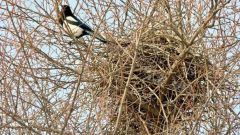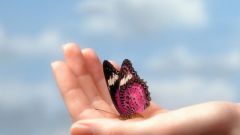Instruction
1
Reproduction is a natural function inherent in all living beings. Reproduction is aimed at preservation of nature, development of the population. Age of insects is short enough, sometimes it is calculated in hours. Perhaps for this reason nature has endowed them with amazing fecundity. For example, a pair of flies during the summer season is theoretically capable of reproducing offspring, which may exceed the weight of 50 tons. That is, starting to breed in April, the couple flies will give to fall that the number of individuals that would be able to close the sky.
2
Of course, in the nature of a theoretical increase is not justified, it is subject to natural factors. Flies and their larvae are dying from diseases, they are food for birds, frogs and other animals. Finally, people are constantly fighting for the destruction of flies.
3
Live fly in a radius of 100 meters from the place of her birth. The life of the common housefly has about garbage and other places where beneficial bacteria can thrive. Such places are the best breeding site for insects.
4
Not all types of flies breed in the same way. Some hatching eggs in your own body, then give live larvae. Others, for example, commensal species, originally lay eggs. Before mating the male flies attract females, they emit a low buzzing. Females make the selection among males, choose individuals with the opposite genetic code. 2-3 days after mating synanthropic fly are ready to walls.
5
Homemade fly lays up to 150 eggs at one time. Their size does not exceed 1.2 mm. the Embryo develops absorbing the yolk, gradually increasing. After a short time the egg, in an average 24 hours, turns into a thin, legless, white larva. This stage of flies called "nutritious". Now the larva must go through a stage of rebirth. Larvae obtained from eggs, bites into the culture medium, which was postponed eggs. Most often it is the manure, putrid mass. The larvae do not remain on the surface of the manure, they rush closer to heat and moisture. On the surface they face the threat of extermination of birds, small animals. The sun also acts on the larva adversely.
6
After 5-6 days wormlike acquires a brownish tint, its shell becomes thicker. Its size increases to 800 times. This form of development is called the pupa. 5-6 days a fly will develop in the pupa, and then the outer shell of the larva swells, lengthens. Finally, the fly hatch. Complex metamorphosis of turning from an egg into a fly runs for 12-14 days, depending on environmental conditions. The size of houseflies will remain unchanged after birth. The first hours after birth, the fly can't fly. Her wings have to dry up and get stronger. In 5-7 days flies again mate and bear offspring. Watching the growth and development of flies, it is not difficult to understand how they differ from the higher animals.


